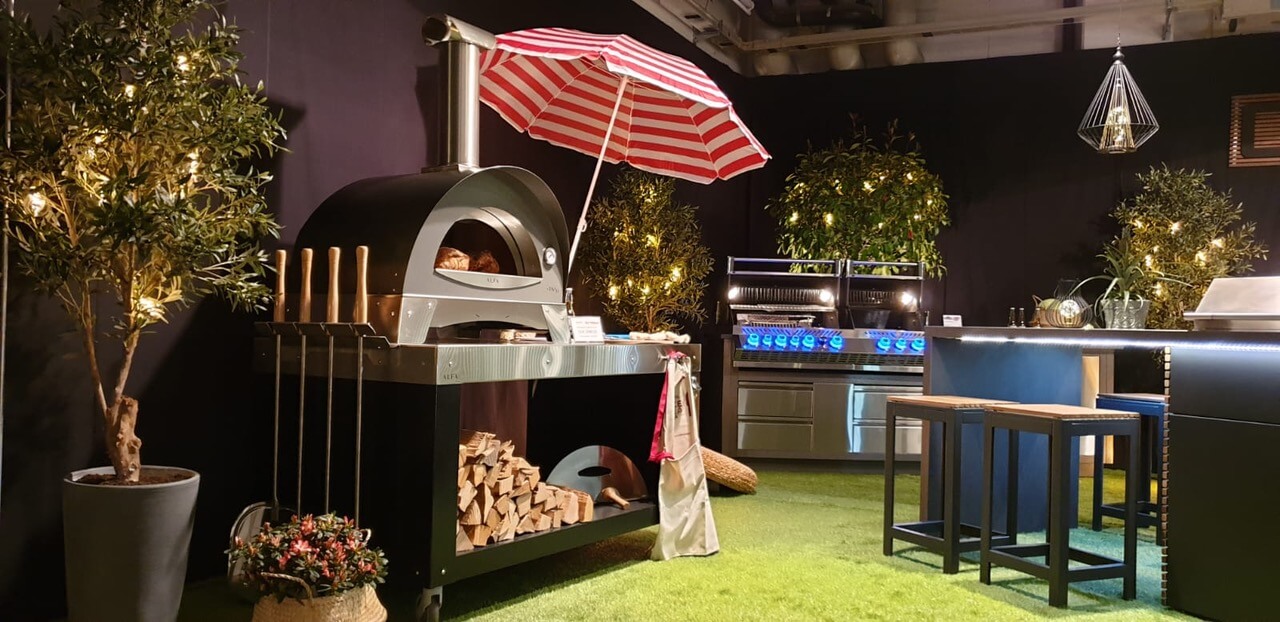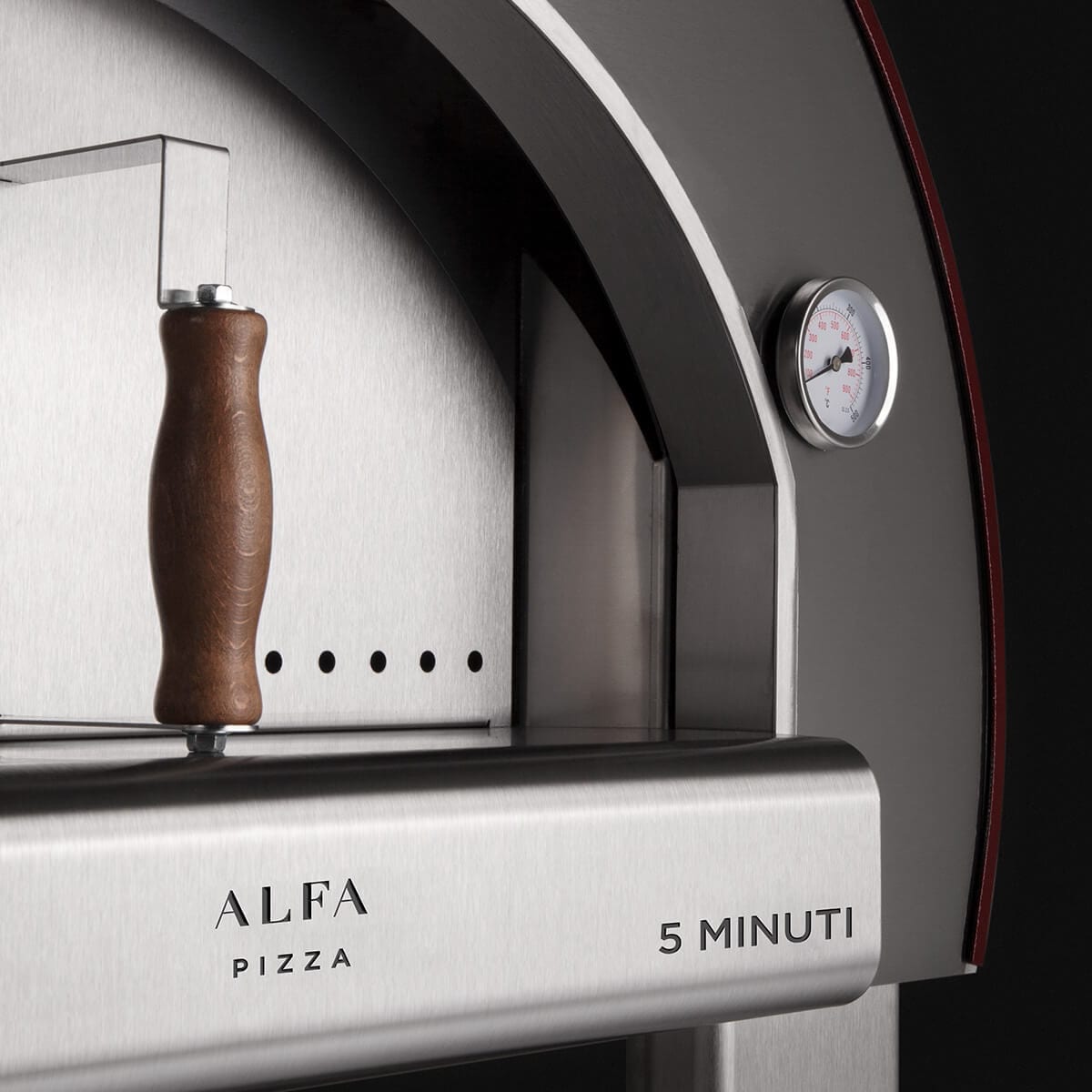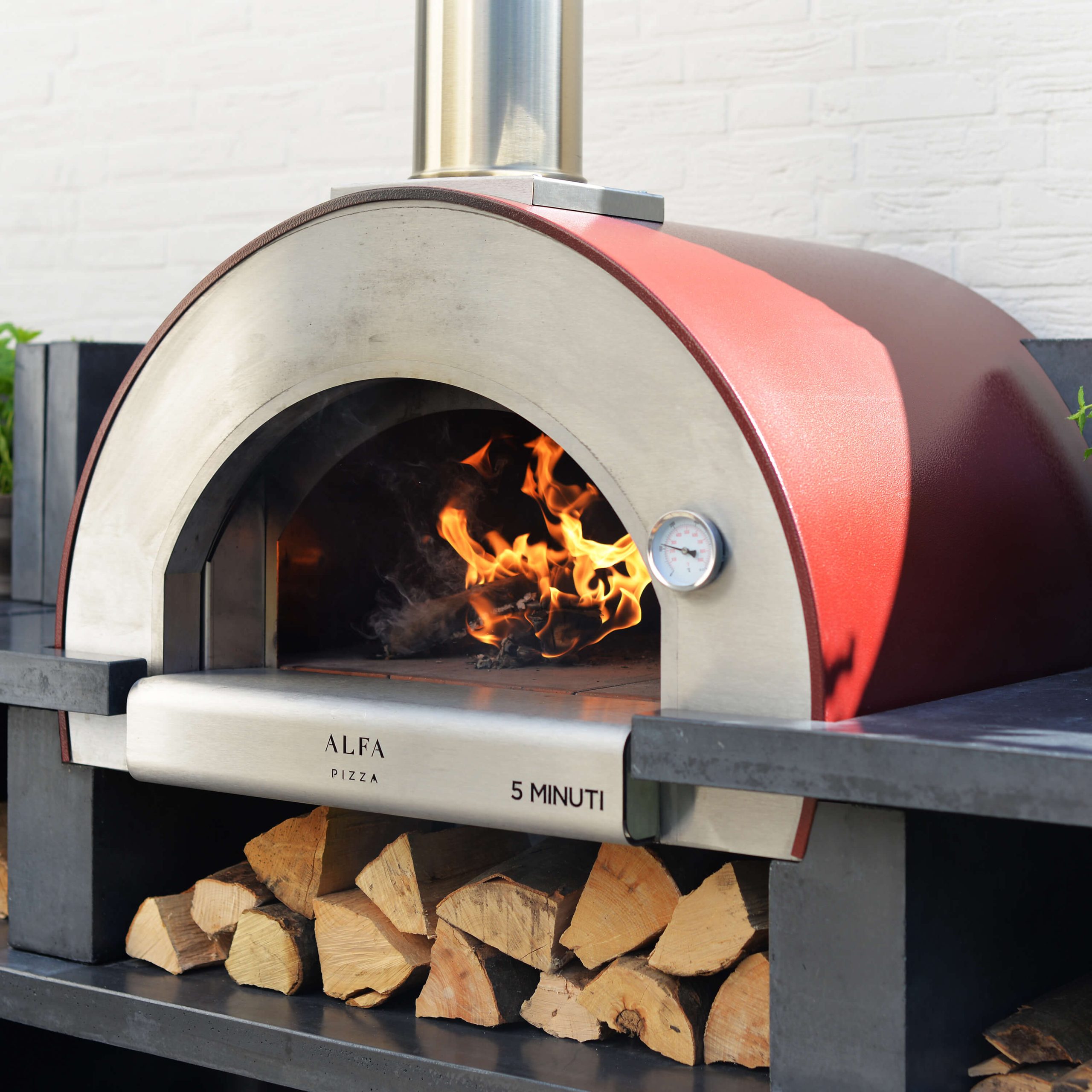There’s a question that sooner or later every amateur cook asks themselves: after obtaining very good results with the oven at hand, maybe the limit has been reached and time has come to upgrade to a home commercial oven?
In fact, to make progress in cooking, to master old techniques and to learn new ones, shifting to a professional oven may be the way to go. The development of home oven market in recent years has made available plenty of models whose features and performances come close to those of professional ovens. The purpose of this article is precisely to evaluate the characteristics of these ovens by comparing performances and operating costs in order to accompany you through the buying process.
When the home oven is on its way out
If your kitchen oven is not working correctly, it may surely prevent you from cooking your delicacies. Sometimes, the oven has just exceeded its life expectancy, and especially so if the guidelines for maintenance and cleaning have not been respected. Now, let’s find out the main problems of a home oven after some years of usage:
- Traditional brick wood-fired ovens, built into the kitchen wall or outdoor, can have structural problems. Firebricks can break or come loose, thus causing heat loss. They can be replaced but the oven floor must be leveled; if you are the handyman type you can do it yourself, otherwise you can get a repairman to your house.
- Hairline cracks may appear in the oven dome and this may limit the heat transfer into the oven and cause ash to spill over the food.
- The same problems may occur if the oven floor is made of a refractory slab.
- Old gas-fired ovens may have bad gas valves or a malfunctioning connection to gas mains or cylinders.
- Electric ovens are generally safer but more prone to wearing out. In these models the loss of power is due to a failure of the element or the commutator, two pieces that can be easily replaced.
- Another frequent problem with electric ovens is the presence of parts that are hotter or colder than other ones for a set temperature. Cooking performance may also depend on the amount of food that is being baked.
- A faulty thermostat may result in an imbalance between the set temp and the actual one. A thermometer will allow you to unravel the mystery and eventually to calibrate or replace the thermostat.
If your oven has reached the point of no return and often presents this kind of problems, maybe it’s time to replace it. Here’s the solutions that will best suit your needs.

Home professional ovens
There are so many different models in the home professional oven market. When buying the best home oven, you must factor two main things into your decision making: where to put it and which type to select. The oven must be installed inside the house, maybe built into the kitchen wall, or outside to deck out a summer kitchen for instance. Both can be free-standing or counter-top and they can be easily movable thanks to their wheels. The choice of the oven depends on the kind of food that you want to bake and so the temperature that you want to reach to do the cooking. As it stands, all ovens can attain a temp of 200°C (400°F) that is quite enough to bake most dishes. But only wood-burning ovens can top 400°C (800°F) that is the necessary temperature to bake Neapolitan pizza. Using wood as a fuel gives food that unique smoky char that drives pizza fans crazy, but it requires a real expertise to manage the different phases. Gas-fired ovens were all the rage some years ago because they were able to reach very high temperatures, with ease of use and low consumption but are now feeling the pressure of other types of ovens. On the contrary, electric ovens are on a roll thanks to amazing technology that made available products combining various cooking modes at a very competitive price.

The benefits of home professional ovens
All in all, home professional ovens are not just home ovens on steroids but appliances with not negligible structural differences. Let’s see them:
- Performance-focused design phase.
Home professional ovens are conceived to work continuously for longer periods.
- Quality of materials
To withstand these bigger stresses, they are built with more resistant materials especially in the most important parts such as the oven floor.
- Ease of use
These ovens assure extraordinary results with maximum simplicity by dint of intuitive controls to select cooking functions.
- High-quality cooking
Cooking is oven raison d’être, that’s why these appliances have been created to heat up faster, bake more evenly and consume less, thus enhancing your dishes.
- Longer life expectancy
These machines will last you a decade and won’t date easily as long as maintenance and cleaning instructions are followed.

So, the choice of a home professional oven is no easy task given the many variables involved in the decision-making process, but the fact remains that three major factors stand out. First of all, you have to make your mind up about the dishes you want to bake in your oven. If pizza is what you long for, then a wood-fired oven is just the ticket. In addition to give food more oomph, it allows the amateur cook to develop a cookery lifestyle where traditional skills are put to use in modern times. If you can’t install a wood-burning oven for whatever reason, you can go for a gas-fired oven or an electric one. If the space is at a premium and you need a kitchen oven, high-performing compact ovens are for you, while if you have a terrace or a garden, sky’s the limit is your mantra. At the end of the day, a key factor when buying an oven is the price and the adage that you get what you pay for is always valid. For professional-grade home ovens the price range is 3 000 €-6 000 €, money well spent for appliances that, though conceived for the home, emulate the performances of commercial ovens. A home professional oven is certainly an investment worth thinking over, but it will undoubtedly allow you to take your cooking skills to the next level and to wow your guests with your delicacies.




